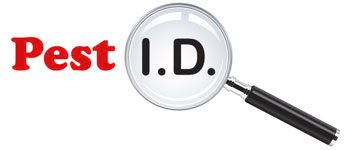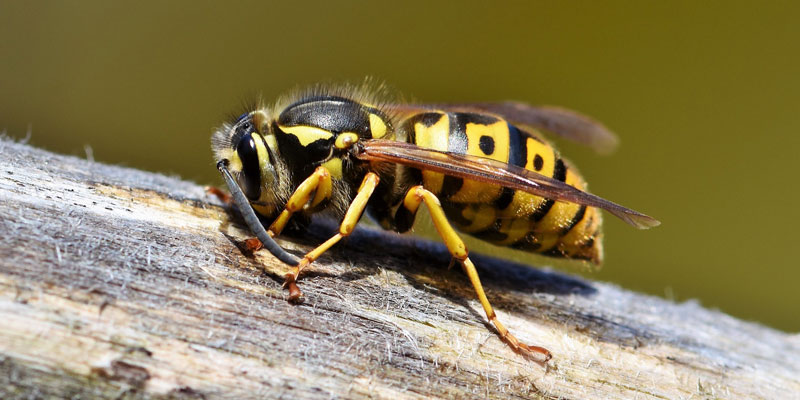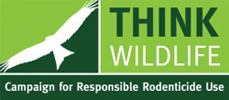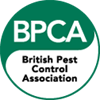If you have a large number of wasps on your property you may want some professional advice on how to get rid of a wasp nest. With the right tools and products, wasp nest removal is a very simple process with no fuss or harm to anyone in the vicinity.
Getting it wrong can be disastrous. If wasps feel threatened, they release an ‘alarm pheromone’ which is a chemical signal to the rest of the colony to start a frenzied attack against the threat. A well-established nest can be the home of between 6,000 to 15,000 very angry individuals, so why take the risk? Really understanding the life and lifecycle of a wasp can help with how and when to remove them.
The lifecycle of a wasp
Wasps are essential to the natural environment and function at their highest level during the summer months. Wasps eat arachnids and a lot of pest insects, such as ants or caterpillars, sometimes by laying their eggs on or inside other insects or spiders that are eaten by newly hatched wasp larvae. Just like bees, wasps aid in the pollination of plants.
April
During the month of April, the young queen wasps wake up and begin to build small nests. These are made from chewed up wood fibres mixed with saliva. Eggs fertilised the previous autumn, produce workers which populate the new nest. These eggs hatch into infertile female worker wasps who take on the job of making the nest larger and creating new cells for the queen to lay her eggs into.
May
The queen will continue to lay eggs into the individual cells, which hatch into larvae which worker wasps feed insects to. During the first part of the month, the second group of hatched larvae pupate into adult workers. This process takes place repeatedly over the remainder of the summer. By the end of May, the first workers have been joined by dozens of others who help build the nest and take care of the larvae.
June & July
During June and July, the wasp nest reaches peak activity levels and the nest continues to grow in size. By July, many thousands of wasps have been raised to adulthood in the nest and thousands more are resting in their eggs or are recently hatched. These hundreds of adult worker wasps travel outside the nest each day to find food in the form of insects such as caterpillars and grubs to feed the larvae inside the nest.
August, September & October
The wasp activity is starting to slow down, with workers dying and the queen slowing down her egg-laying. She will now stop laying eggs of infertile workers, but now lay eggs of fertile males and females. The queen will die during this time and the young queens mate with the fertile males and fly off. The fertile males are the last to die.
Need help with how to get rid of a wasps nest?
Professional help can ensure the nest is removed safely. Pest ID uses the very latest application equipment – the Air Raid 8, which can reach up to 8 metres, which will safely allow our technicians to treat a nest from ground level on most houses. Powered by CO2, using a flexible nozzle, we can inject right into the heart of the nest, eliminating the problem within a matter of minutes.


Lancing a wasp nest
Call Pest ID on 0800 955 0003 for advice and a quote if you don’t think you can solve the problem yourself. A technician can be with you in a couple of hours and treat the problem with minimal fuss at a very competitive price.









